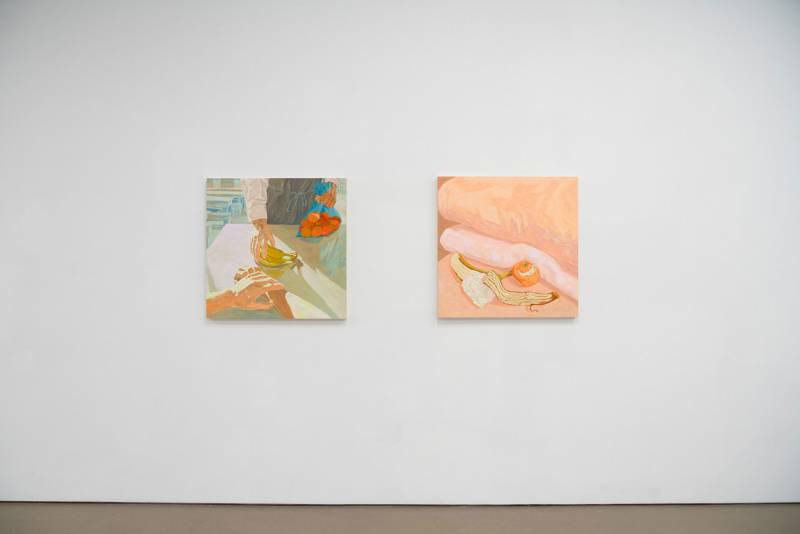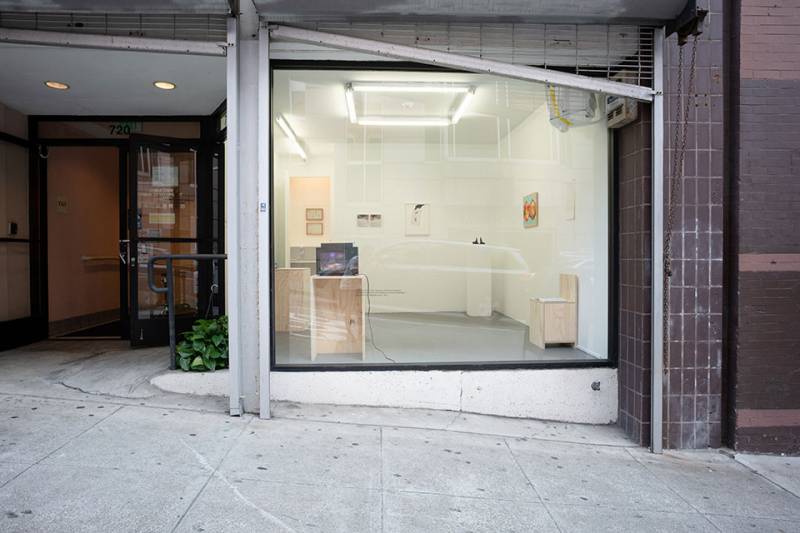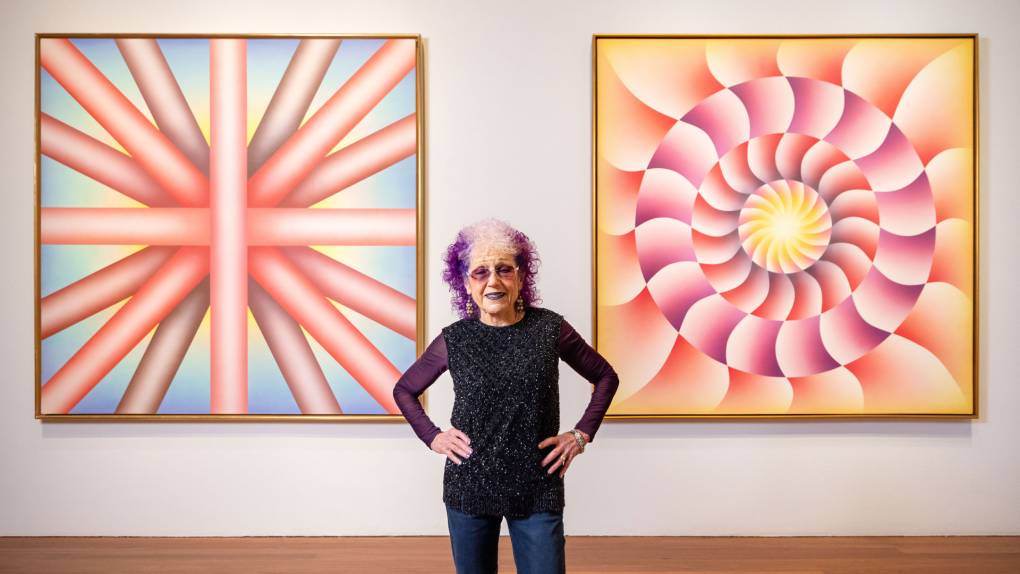Most Bay Area residents will never forget that eerie September day in 2020 when the sky turned an apocalyptic orange from wildfire smoke—a wildfire caused and made worse by climate change. Deeply disturbed by that event, Micki Meng, president of Friends Indeed Gallery, emailed her contacts across the art world with a call to action. The result was the formation of Art + Climate Action, “a collective of California arts professionals and advocates responding to the climate crisis,” which Meng started with curators Jodi Roberts and Devon Bella.
Over the last several years, organizations like Art + Climate Action have been springing up around the world to address the detrimental environmental impacts of the art industry. These organizations focus on issues like waste from packaging materials, emissions from building energy use, art transport and art-related travel.
The art industry relies on shipping artwork all over the world, between artists, galleries, collectors and institutions, as well as to international art fairs, which have become central to the art market. According to “The Art of Zero,” a 2020 report by the organization Julie’s Bicycle, art dealers took an average of 12 work-related flights in 2020, while only one in 10 of the global population took a flight in 2018 at all. The report finds that the combination of three main factors—building energy use, the transport of artwork and people, and procuring of goods and services—accounted for around 18 million metric tons of carbon dioxide equivalent greenhouse gasses (an output the size of a small country such as Croatia).

(Graham Holoch)
Art + Climate Action is helping Bay Area museums and galleries minimize their carbon output by providing “carbon audits” and offering strategies for how to reduce waste. Of their efforts, Meng says, “Climate change is the most pressing issue of our generation. In a place known for leadership and activism, California arts workers are organizing out of urgency and care for the future of humanity.”
In New York, the collective Galleries Commit formed to support galleries in similar efforts. The collective offers a comprehensive plan around four core action areas: eliminating waste, cutting emissions, supporting staff, and increasing impact through collective action.





